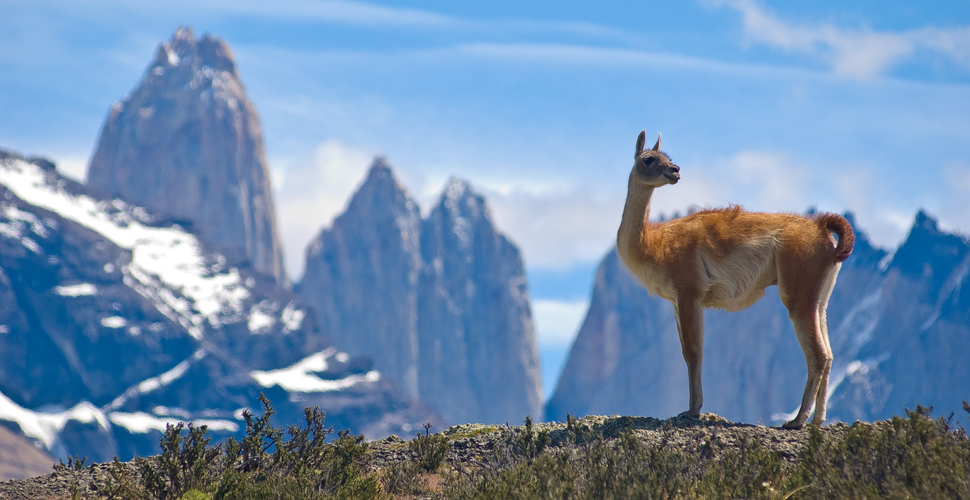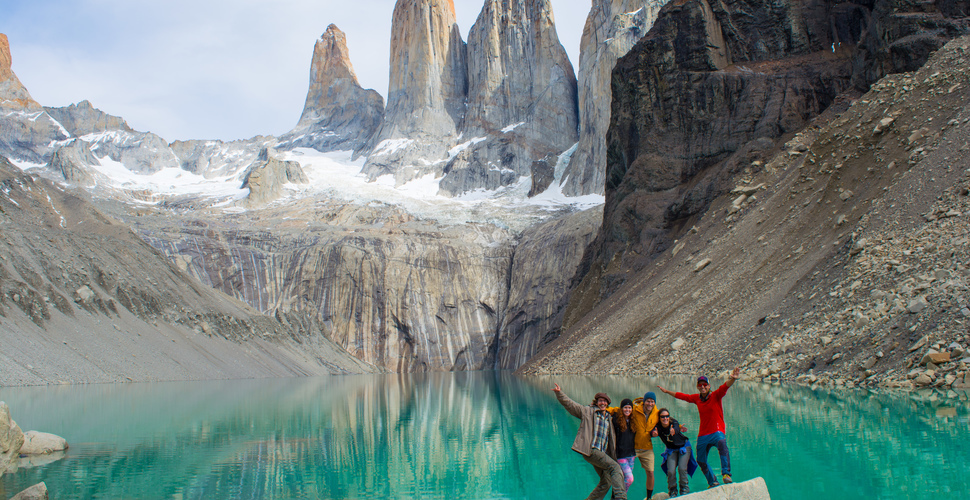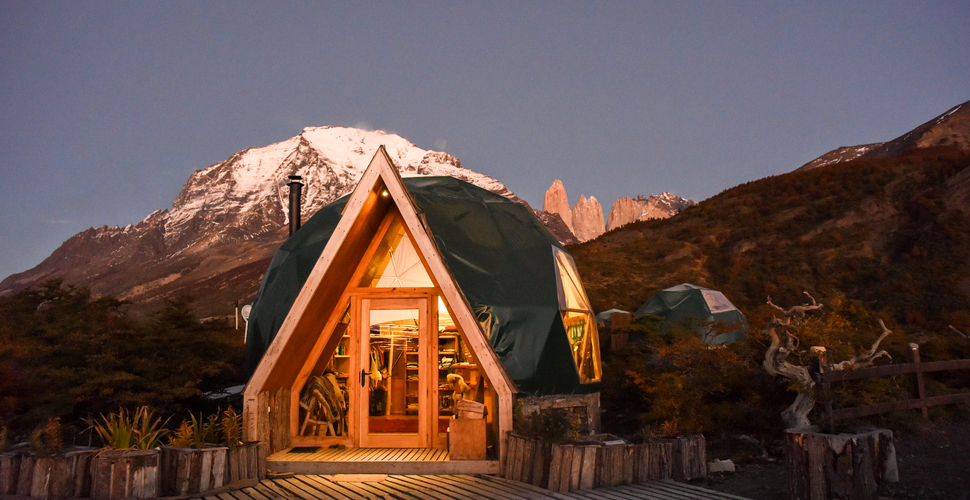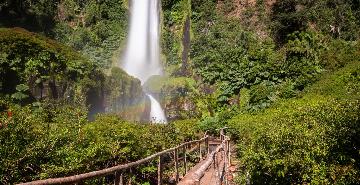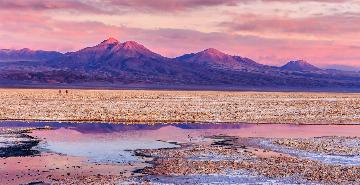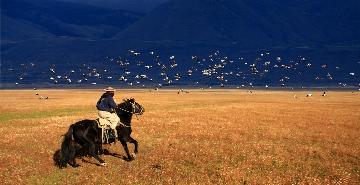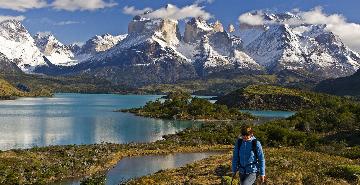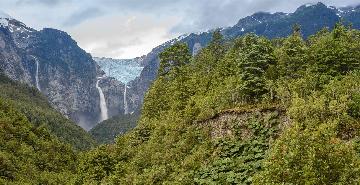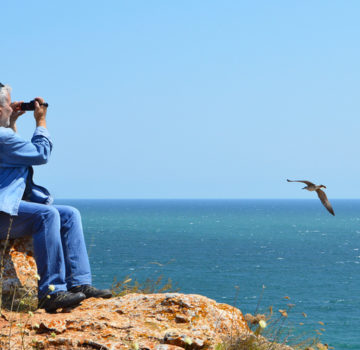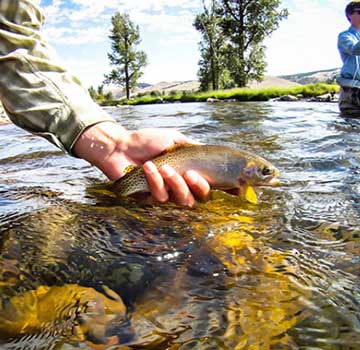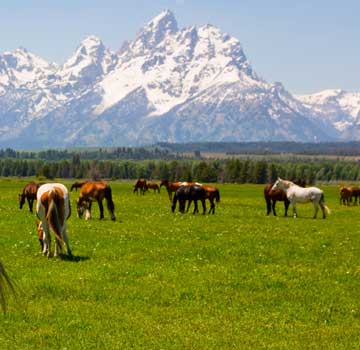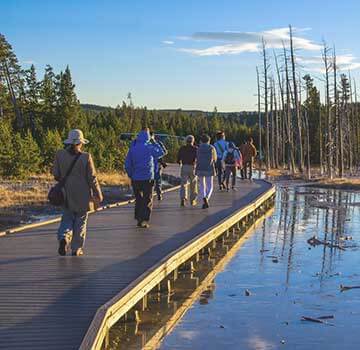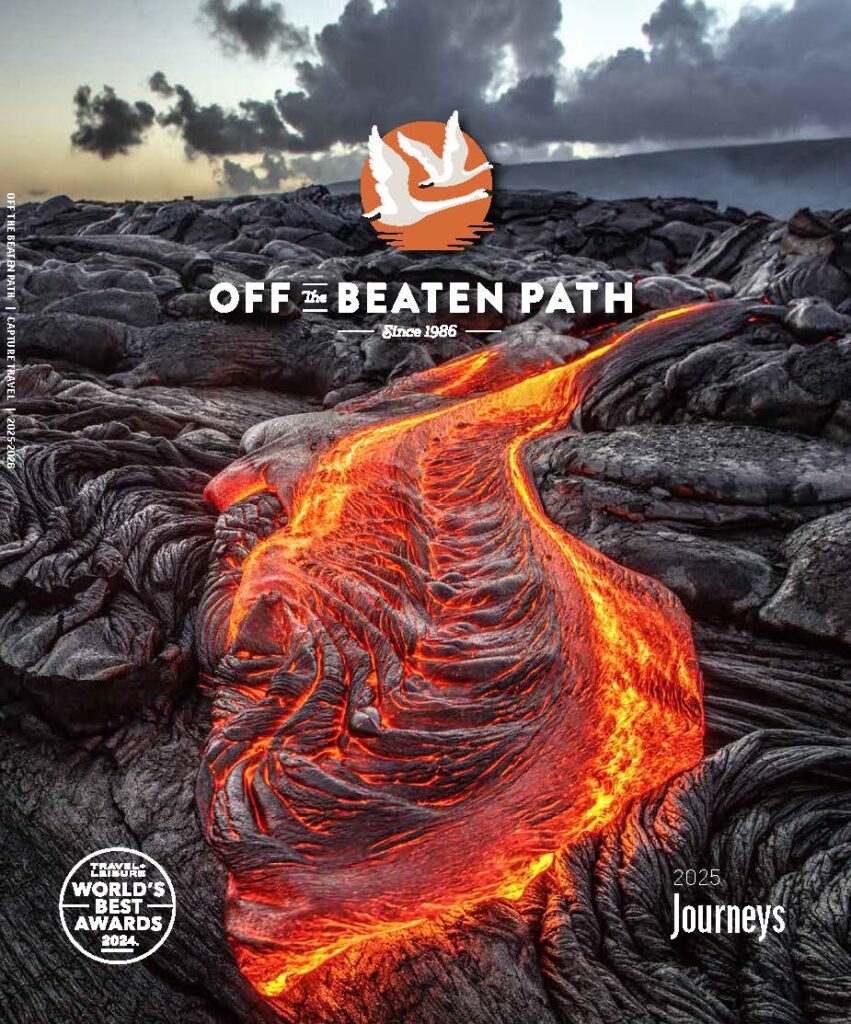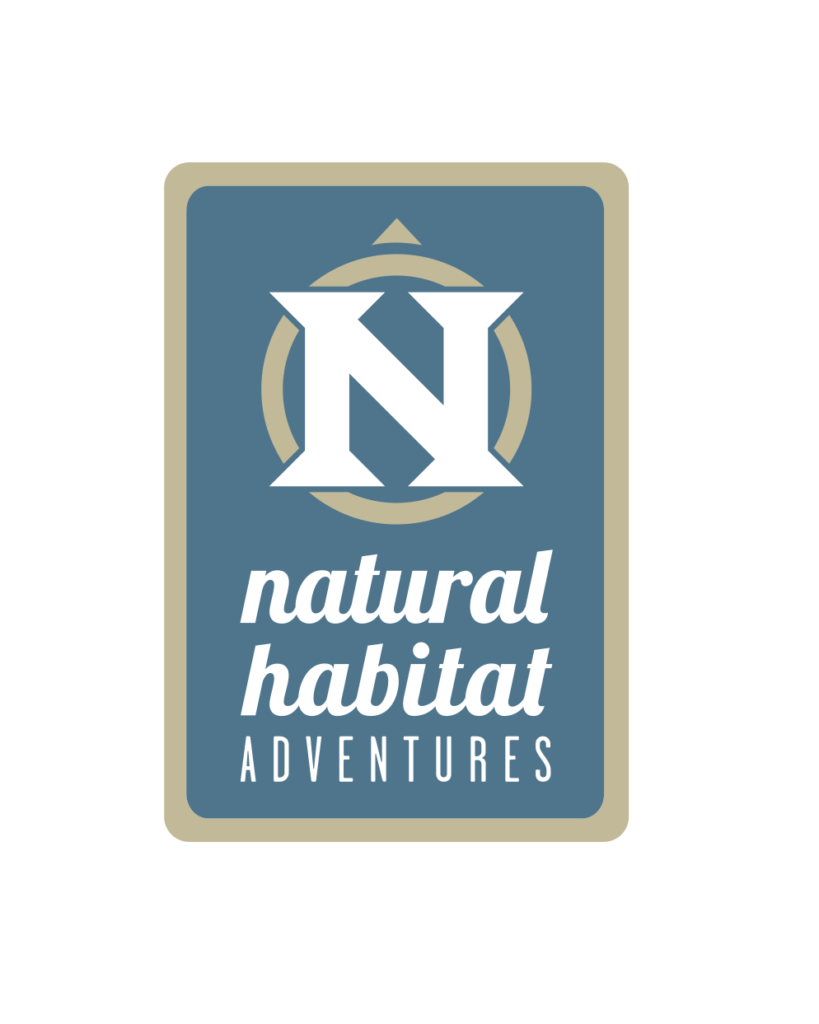To get your imagination going, here are some of our favorite places and experiences in Chile:
Parque Nacional Torres del Paine
Parque Nacional Torres del Paine is a spectacular wilderness landscape of jagged mountains, blue lakes, and deep forests. The park covers about 900 square miles, and despite the fact that it is Chile’s most popular national park, only about 60,000 people visit each year. Torres del Paine was designated a national park in 1959, and was later declared an International Biosphere Reserve by UNESCO in 1978.
Travelers come from all over the world to hike in Torres del Paine. Some people chose to trek, but there are lots of breathtaking day hikes that still get you into the wilderness with eye-popping views of Cuernos del Paine (“the horns”), Salto Grande Waterfall, Grey Glacier, the French Valley, and more.
Torres del Paine is also a great place for wildlife watching. If you come into the park by way of Punta Arenas or Puerto Natales, you can take a few days to spot humpback whales, orcas, and penguins. Inside the park you will see guanacos, with good chances of spotting the Andean grey or red fox, Andean condors, the dwarf armadillo, and possibly even a puma.
We encourage our most adventurous travelers to stay for a few days, as part of their larger Chile trip, at the unparalleled EcoCamp Patagonia, an award winning, sustainable oasis of geodesic domes in the heart of the park. While you’re there, you have your choice of naturalist-led daily hikes and excursions.
The park’s landscape was sculpted by the great glaciers of the continental ice cap. The Macizo Paine mountain massif forms the mountainous core of the park and is made up of three peaks, distinctive for their granite bases covered in black shale, and known collectively as the Torres del Paine, which gives the park its name. Among the mighty peaks is the highest peak in the park, Cerro Paine Grande at 3248 meters, or 10,656 feet. This lovely peak is capped with “hongos del hielo,” or “ice mushrooms,” a distinctly sub-polar feature that is only rarely found outside of the Patagonian Andes. Next to the Macizo Paine, you can see the Cuernos del Paine, or “the horns.” Numerous large and small glacial lakes frame the mountain core, including Lago Pehoe, Lago Grey, and Lago Nordenskjold.
Chilean Lake District
The Chilean Lake District extends between the Biobio River in the north and Puerto Montt in the south, and is known for its picturesque snow-capped volcanoes, deep blue lakes, emerald forests, splashy waterfalls and rolling hills dotted with hundreds of lakes and lagoons. The region encompasses national parks and nature sanctuaries and presents unique cultural experiences from small villages and museums to archeological sites and open-air markets.
Natural outdoor attractions and activity opportunities abound throughout the region, and Chile's proximity to the Argentine Lake District is another draw for visitors, with its famous “lake crossing” from Puerto Montt, Chile to Bariloche, Argentina—a unique way to cross a border. This is a super-fun (and family friendly) way to explore the gorgeous district. Buses connect the dots (the lakes, in this case) on a two-day journey through what is sometimes called the Switzerland of Patagonia for its forests, mountain, and quaint alpine villages. We can arrange your mountain boat ride and get you out into this lush, scenic region to hike, raft, fish, or kayak, with stays in lovely, perfectly situated lodgings.
Fly Fishing in Coyhaique
If you want to experience Chile’s excellent fly fishing, the Coyhaique region is considered the country’s trout fishing Mecca. One of our favorite fishing lodges has 50 distinct day beats of its own, some on private waters. The region’s famous fishing rivers include Rio Simpson, Rio Ñirehuao, Rio Huemules, and Rio Coyhaique, but there are also numerous spring creeks and lakes.
Coyhaique is nestled in the eastern foothills of the Andes. Seen as the heart of Chilean Patagonia, Coyhaique is the capital of the Aysén region and has a population of about 45,000 residents. This is a very rural area, and there’s nothing very cosmopolitan about it—probably because it has not yet been truly “discovered.” Over half of the region’s people live in Coyhaique with the rest inhabiting the tiny outlying villages in and around the fjords. “Coyhaique” means “camp between two rivers,” and the town was founded in 1929 at the junction of the Simpson and Coyhaique. The valley in which the town sits is framed by mountains that stand up to 6,500 feet. You may be surprised to find that Coyhaique lies east of the Andes, at the edge of the Patagonian steppe. Most of us think of the entire country of Chile as lying west of the Andes!
Parque Patagonia
Off the Beaten Path is one of the few travel companies to send people to Parque Patagonia. The park is an incredible conservation story and an amazing place to visit. Conservacion Patagonica was established in 2000 by entrepreneurs-turned-conservationists, Kristine and Douglas Tompkins, with the purpose of establishing new protected areas, recovering imperiled species, implementing organic agriculture, supporting leading-edge activism, and promoting healthy communities. Over the years, Conservacion Patagonica, along with thousands of volunteers and donors from all over the world, have put forth effort into Parque Patagonia, working on ecosystem restoration and spreading the word.
Parque Patagonia contains and protects the highest levels of biodiversity found in Chile’s Aysen region. As the park’s endemic plants and grasslands are being restored, the repopulation of wildlife is following closely behind. Under the guidance of a wildlife manager, a staff of local wildlife biologists are studying these endangered species. To date, they have radio collared several pumas, studied the small population of huemul deer (140 of just 2,000 left worldwide), and in 2014, successfully rereleased three Andean condors back to their native region. While some species are rare to spot, a typical day at Patagonia Park provides visitors with plenty of wildlife viewings – guanacos on the lodge lawns, huemul lining the banks of Lake Cochrane, and pink Chilean flamingos bathing near the banks of Lake Seco. Other mammals culpeo fox, mountain vizcacha, hairy armadillo, Geoffrey’s cat, pampas cat, and puma. The park’s bird list includes the Andean condor, Magellanic woodpecker, upland goose, black-necked swan, pygmy owl, black-faced ibis, Chilean flamingo, carpenterito woodpecker, Austral negrito, Austral parakeet, southern lapwing, lesser rhea, and caracara.
There is still much to be done! If you would like to play a part in the restoration of the land and creation of the park, consider learning more about Conservacion Patagonica'svolunteer program,considermaking a donation—or call Off the Beaten Path and let us start planning your visit!
We could go on and on about the compelling destinations throughout Chile—Valparaiso, Santiago, the Maipo Valley, Atacama Desert, and the wonderful National Parks beyond Torres del Paine, like Pucón, Alcerce Andino, Vicente Perez Rosales, and Rapa Nui National Park! Yes, Easter Island belongs to Chile. All you have to do is give us a call and we’ll be more than happy to continue the conversation!


